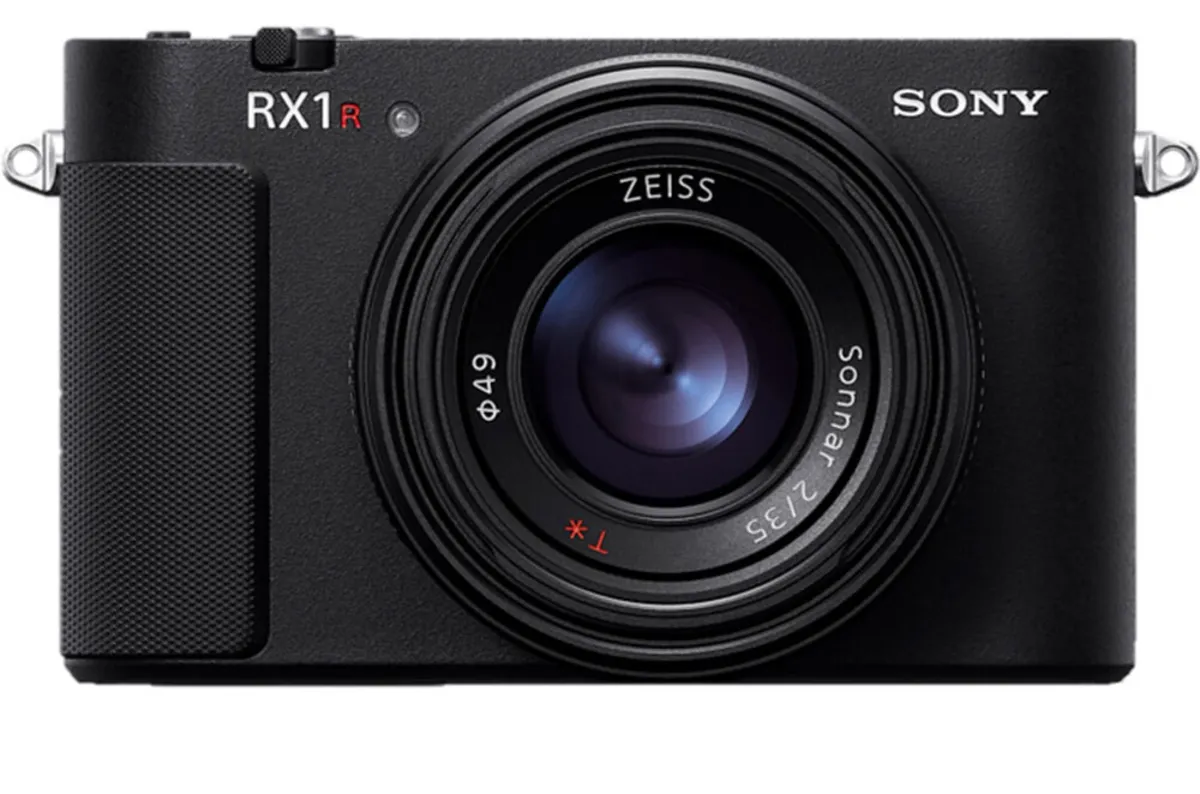
Sony has taken the photography world by storm with the launch of its latest innovation, the RX1R III, a compact camera featuring a fixed-lens 35mm full-frame sensor. This new model arrives nearly a decade after its predecessor, the RX1R II, and is equipped with a remarkable 61MP Exmor R sensor along with Sony’s cutting-edge image processing technology, designed to deliver low noise and an impressive dynamic range.
One of the standout features of the RX1R III is its smaller and more streamlined design, weighing in at just 17 ounces. This makes it considerably lighter than its main competitors, such as the Leica Q3 and Fujifilm GFX100RF. This compact size is particularly advantageous for street photographers, serious amateurs, and anyone looking for a portable camera without sacrificing image quality.
The RX1R III is powered by a Zeiss Sonnar T 35mm f2 lens, which is ingeniously designed to fit partly within the camera body. Despite its compactness, it maintains the same high-quality optics as its predecessor, promising exceptional sharpness and color rendering. Additionally, it features a macro ring that allows users to focus as close as 20cm to their subjects, providing versatility for capturing intricate details.
Another impressive addition is the Step Crop Shooting function, which enables photographers to shoot at 35mm, 50mm, and 70mm focal lengths by cropping into the sensor. This functionality is similar to what is found in the GFX100RF and adds to the creative options available to users. The RX1R III boasts up to 15 stops of dynamic range, thanks to its high-resolution sensor and advanced image processing engine, ensuring stunning image quality in various lighting conditions.
While the RX1R III offers numerous features, it does have some limitations. The shooting speed is capped at just 5 fps, making it less suitable for fast-paced sports photography. The electronic viewfinder (EVF) provides a resolution of 2.36 million dots with a 0.7x magnification, which is decent, but the rear panel offers a higher resolution of 2 million dots. Unlike its predecessor, which had a tilting screen, the RX1R III features a fixed rear display to conserve weight and size.
The camera uses Sony's latest Bionz XR and AI processors for accurate subject tracking, including human bodies, heads, and eye positions, even when faces are not visible. The autofocus system boasts 693 phase-detection AF points covering approximately 78 percent of the image area, similar to that found in the A7R V. Although the RX1R III is not as powerful for video as the A7R V, it can still record 4K videos at 30 fps with 10-bit 4:2:2 color sampling, as well as 1080p video at up to 120 fps. While it lacks a dedicated log mode, the camera features a log-like S-Cinetone to enhance dynamic range.
The RX1R III includes a single SDXC UHS II slot, a microphone input (but notably lacks a headphone jack), a microHDMI port, and a USB-C input for versatile connectivity options. As expected from a high-end compact camera, the RX1R III comes with a premium price tag, set to go on pre-order for $5,100, with shipments expected to start on July 31st. Sony is also offering a range of accessories, including a $300 thumb grip, a $250 body case, and a $200 lens hood, which are also on the pricier side.
In conclusion, the Sony RX1R III is a remarkable addition to the compact camera market, combining advanced technology with a lightweight and portable design. Its high-quality optics, innovative features, and impressive image quality make it an attractive option for photography enthusiasts looking to upgrade their gear.